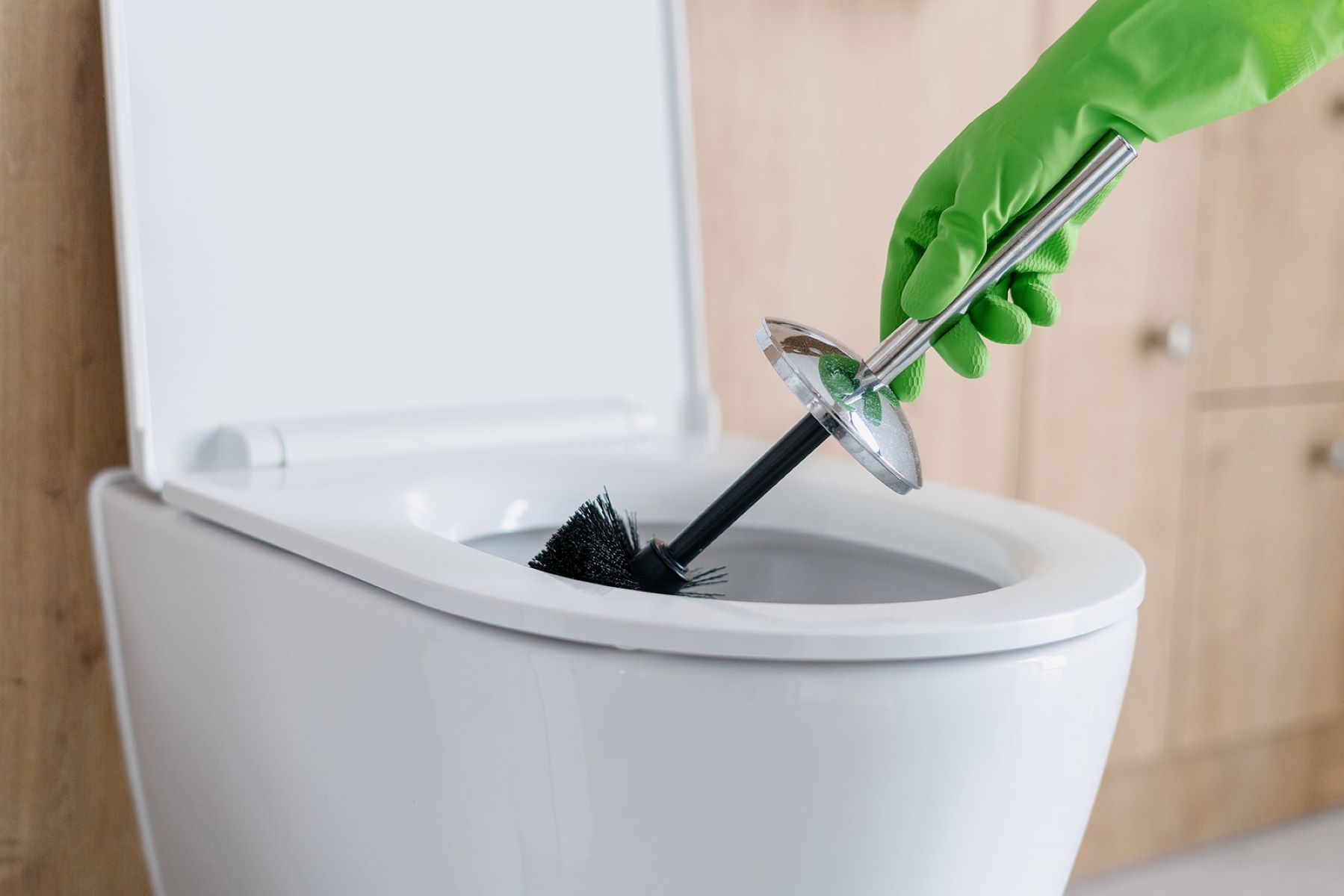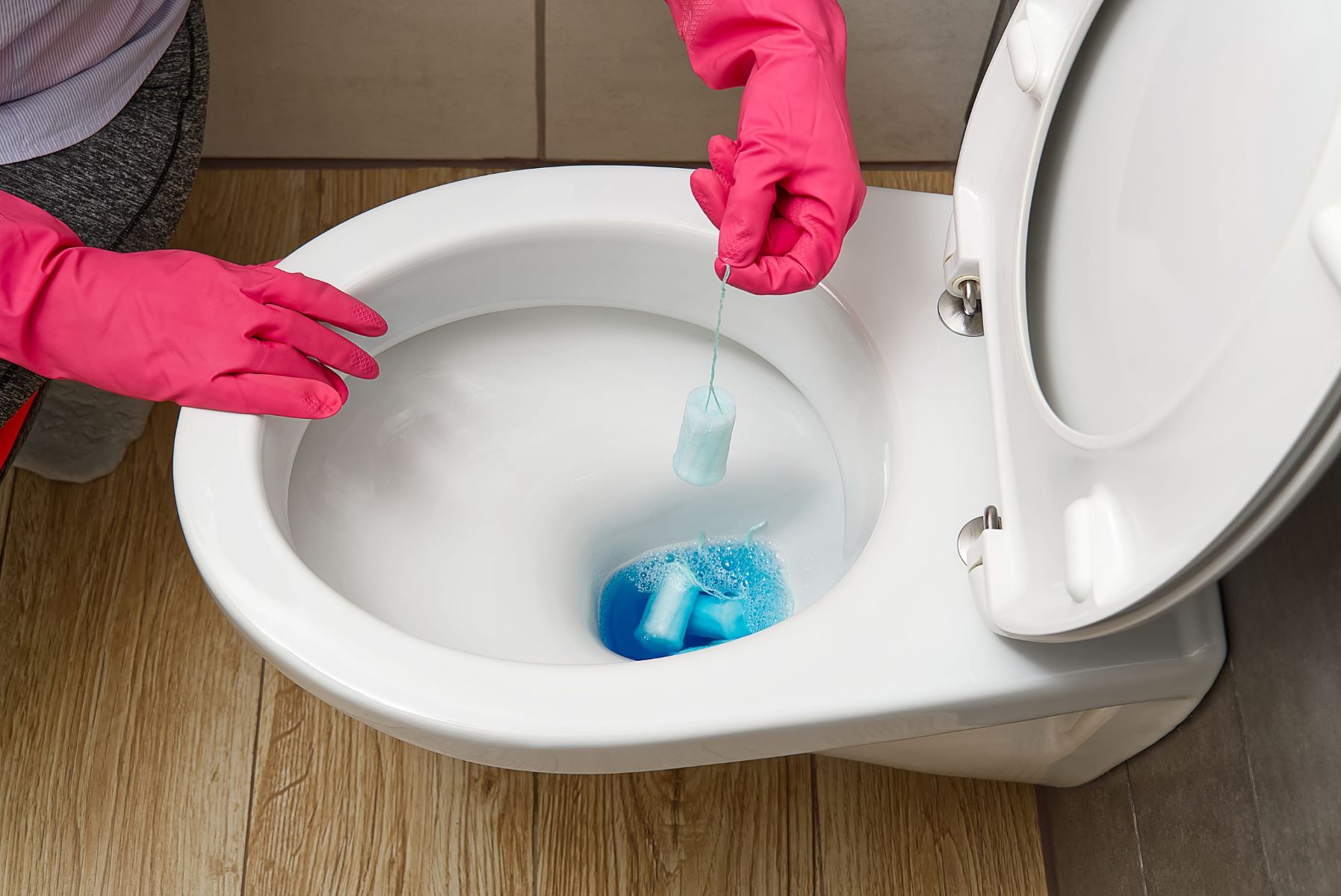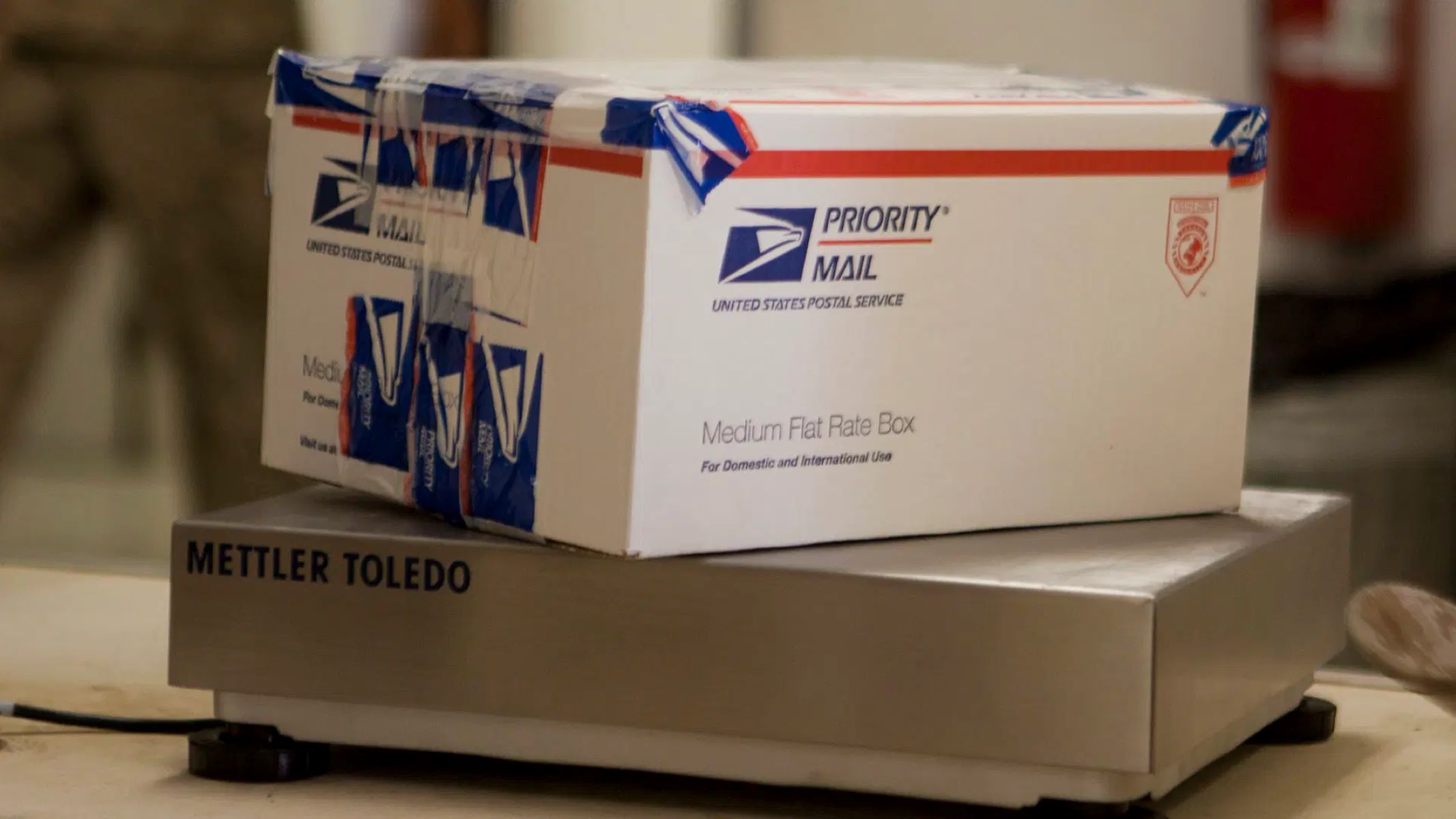Home>Home and Garden>The Mystery Behind My Brown Toilet Tank Water Revealed


Home and Garden
The Mystery Behind My Brown Toilet Tank Water Revealed
Published: January 23, 2024
Discover the secrets behind brown toilet tank water in your home and garden. Uncover the mystery and find solutions to keep your water clean and clear.
(Many of the links in this article redirect to a specific reviewed product. Your purchase of these products through affiliate links helps to generate commission for Regretless.com, at no extra cost. Learn more)
Table of Contents
Introduction
Have you ever lifted the lid of your toilet tank only to find the water inside has an unsettling brown hue? If so, you're not alone. Many homeowners have been baffled by this perplexing phenomenon at some point. The sight of brown water in the toilet tank can be disconcerting, leaving you wondering what could be causing it and how to remedy the situation.
The presence of brown water in your toilet tank is not only unsightly but may also indicate an underlying issue that needs attention. Understanding the potential causes behind this occurrence is crucial in addressing the problem effectively. Whether it's rust, sediment, or something else entirely, identifying the root cause is the first step toward restoring your toilet's water to its natural, clear state.
In this comprehensive guide, we will delve into the mystery of brown toilet tank water, exploring the various factors that can lead to this discoloration. From common culprits to practical solutions, we will unravel the enigma behind brown toilet tank water and equip you with the knowledge needed to tackle this issue head-on. So, let's embark on this investigative journey to uncover the secrets lurking within your toilet tank and restore its water to its pristine clarity.
Read more: How To Turn Off Water To Toilet
Understanding the Causes of Brown Toilet Tank Water
The presence of brown water in the toilet tank can stem from various factors, each with its own unique implications. Understanding these potential causes is crucial in addressing the issue effectively. Here are some common culprits behind brown toilet tank water:
1. Rust and Corrosion
One of the primary causes of brown water in the toilet tank is the presence of rust and corrosion within the plumbing system. Over time, metal components such as iron pipes or fittings can deteriorate, leading to the release of rust particles into the water. These particles can accumulate in the toilet tank, giving the water a brownish tint. Additionally, if your toilet tank is made of metal, internal corrosion could also contribute to the discoloration of the water.
2. Sediment Buildup
Another potential cause of brown toilet tank water is sediment buildup within the plumbing lines. Sediment, which can consist of minerals, dirt, or debris, may gradually accumulate in the water supply, leading to discoloration. This buildup can be exacerbated in areas with hard water, where mineral deposits are more prevalent. As the sediment makes its way into the toilet tank, it can tint the water brown, signaling the need for remediation.
3. Water Supply Issues
Issues with the municipal water supply can also lead to brown water in the toilet tank. If the water entering your home contains elevated levels of sediment, iron, or other contaminants, it can manifest as discolored water in various fixtures, including the toilet tank. Understanding the quality of your water supply and potential impurities is essential in diagnosing the cause of the discoloration.
4. Microbial Growth
In some cases, brown water in the toilet tank may be attributed to microbial growth within the plumbing system. Bacteria, algae, or fungi can proliferate in stagnant water, particularly in warmer environments, leading to discoloration. This biological growth can impart a brownish or murky appearance to the water, signaling the need for thorough cleaning and disinfection.
By understanding these potential causes of brown toilet tank water, homeowners can take proactive measures to address the underlying issues. From addressing rust and sediment to evaluating the water supply and mitigating microbial growth, identifying the root cause is essential for implementing effective solutions. Now that we've uncovered the possible culprits behind this enigmatic phenomenon, let's explore practical strategies for remedying brown toilet tank water.
Common Solutions for Brown Toilet Tank Water
Addressing the issue of brown water in the toilet tank necessitates practical solutions tailored to the specific causes identified. Here are some common remedies to restore the water in your toilet tank to its natural clarity:
-
Flushing and Cleaning: A simple yet effective initial step is to flush the toilet multiple times to determine if the discoloration persists. If the water gradually clears with each flush, it may indicate sediment or mineral buildup in the plumbing lines. In such cases, thoroughly cleaning the toilet tank and the associated components can help alleviate the issue. Using a toilet brush and a mild cleaning solution, such as vinegar or baking soda, can help dislodge any accumulated sediment and restore the tank's water to its clear state.
-
Inspecting and Replacing Components: If rust and corrosion are identified as the primary culprits behind the brown water, inspecting and replacing corroded components within the plumbing system is essential. This may involve replacing old metal pipes, fittings, or the toilet tank itself with non-corrosive alternatives. By addressing the source of rust and corrosion, homeowners can prevent further contamination of the water and ensure long-term clarity within the toilet tank.
-
Water Filtration and Treatment: Installing a water filtration system or utilizing point-of-use filters can effectively mitigate the presence of sediment, minerals, and other impurities in the water supply. These filtration solutions can help improve the overall water quality entering the home, subsequently reducing the likelihood of brown water in the toilet tank. Additionally, water softeners can be employed to combat the effects of hard water, minimizing mineral buildup and discoloration.
-
Professional Plumbing Inspection: Engaging the services of a professional plumber for a comprehensive inspection of the plumbing system can provide valuable insights into the root cause of the brown water. Plumbers can conduct thorough assessments, identify underlying issues such as deteriorating pipes or water supply anomalies, and recommend targeted solutions to rectify the problem. Leveraging their expertise can streamline the troubleshooting process and ensure the implementation of effective remedial measures.
-
Water Quality Testing: In instances where water supply issues are suspected, obtaining a water quality test from a certified laboratory can shed light on the composition of the water entering the home. This analysis can reveal the presence of contaminants, elevated sediment levels, or microbial concerns, guiding homeowners in selecting appropriate water treatment and purification methods to address the specific impurities detected.
By implementing these common solutions, homeowners can effectively combat the presence of brown water in the toilet tank, restoring the water to its pristine clarity and ensuring the continued functionality of the plumbing system. Understanding the underlying causes and deploying targeted remedies is paramount in safeguarding the water quality within the home, promoting a hygienic and visually appealing environment for all occupants.
Seeking Professional Help
When encountering persistent issues with brown water in the toilet tank, seeking professional assistance from a qualified plumber is a prudent course of action. Professional plumbers bring a wealth of expertise and specialized knowledge to the table, enabling them to diagnose and address complex plumbing concerns with precision and efficiency.
Engaging the services of a professional plumber offers several distinct advantages in the quest to resolve brown water discoloration in the toilet tank. These professionals possess the technical acumen to conduct comprehensive inspections of the plumbing system, meticulously assessing the condition of pipes, fittings, and fixtures to pinpoint the root cause of the issue. By leveraging their expertise, homeowners can gain invaluable insights into the underlying factors contributing to the brown water, paving the way for targeted remediation strategies.
Furthermore, professional plumbers are equipped with advanced diagnostic tools and equipment, enabling them to conduct thorough assessments of water quality, identify sediment buildup, and detect any signs of corrosion within the plumbing infrastructure. This comprehensive approach empowers plumbers to formulate tailored solutions that address the specific nuances of the problem, ensuring that the remedial measures are not only effective but also aligned with the long-term integrity of the plumbing system.
In addition to their technical proficiency, professional plumbers are well-versed in the latest industry standards, regulations, and best practices governing plumbing maintenance and repair. This knowledge ensures that any interventions undertaken to rectify brown water in the toilet tank adhere to established guidelines, promoting the safety, efficiency, and sustainability of the plumbing system.
Moreover, the expertise of professional plumbers extends beyond mere problem-solving; they also serve as valuable sources of guidance and education for homeowners. By enlisting the assistance of a reputable plumber, homeowners can benefit from personalized recommendations for preventive maintenance, water quality enhancement, and long-term plumbing care. This proactive approach not only addresses the immediate concern of brown water but also equips homeowners with the knowledge and strategies to maintain optimal plumbing performance in the future.
In essence, seeking professional help for brown water in the toilet tank transcends mere troubleshooting; it represents a proactive investment in the overall health and functionality of the plumbing system. By harnessing the expertise, resources, and guidance offered by professional plumbers, homeowners can navigate the complexities of plumbing maintenance with confidence, ensuring that their homes remain free from the enigma of brown water while promoting the longevity and reliability of their plumbing infrastructure.
Conclusion
In conclusion, the presence of brown water in the toilet tank can be a perplexing and disconcerting issue for homeowners. However, armed with a deeper understanding of the potential causes and practical solutions, individuals can effectively address this enigmatic phenomenon and restore their toilet's water to its natural clarity.
By unraveling the mystery behind brown toilet tank water, we have shed light on the diverse factors that can contribute to this discoloration, ranging from rust and sediment buildup to water supply anomalies and microbial growth. Each of these potential causes carries distinct implications, necessitating tailored strategies for remediation. Whether it involves addressing corrosion, mitigating sediment, enhancing water quality, or combating microbial concerns, the identification of the root cause is paramount in implementing effective solutions.
Furthermore, the exploration of common remedies, including flushing and cleaning, component inspection and replacement, water filtration, professional plumbing inspection, and water quality testing, has underscored the proactive measures that homeowners can undertake to combat brown water in the toilet tank. These practical solutions not only address the immediate concern but also contribute to the long-term integrity and functionality of the plumbing system, promoting a hygienic and visually appealing environment within the home.
Moreover, the significance of seeking professional help from qualified plumbers has been emphasized as a prudent and advantageous approach in addressing persistent issues with brown water. Professional plumbers bring a wealth of expertise, advanced diagnostic capabilities, and adherence to industry standards, positioning them as invaluable allies in the quest to resolve plumbing concerns and safeguard water quality.
In essence, the journey to unravel the mystery behind brown toilet tank water has empowered homeowners with the knowledge, strategies, and resources needed to confront this enigmatic issue with confidence. By leveraging targeted remedies, seeking professional assistance, and embracing a proactive approach to plumbing maintenance, individuals can navigate the complexities of plumbing care while ensuring that their homes remain free from the unsettling presence of brown water. With a commitment to ongoing maintenance, vigilance, and informed decision-making, homeowners can preserve the pristine clarity of their toilet's water and foster a healthy, functional, and visually appealing living environment for all occupants.














